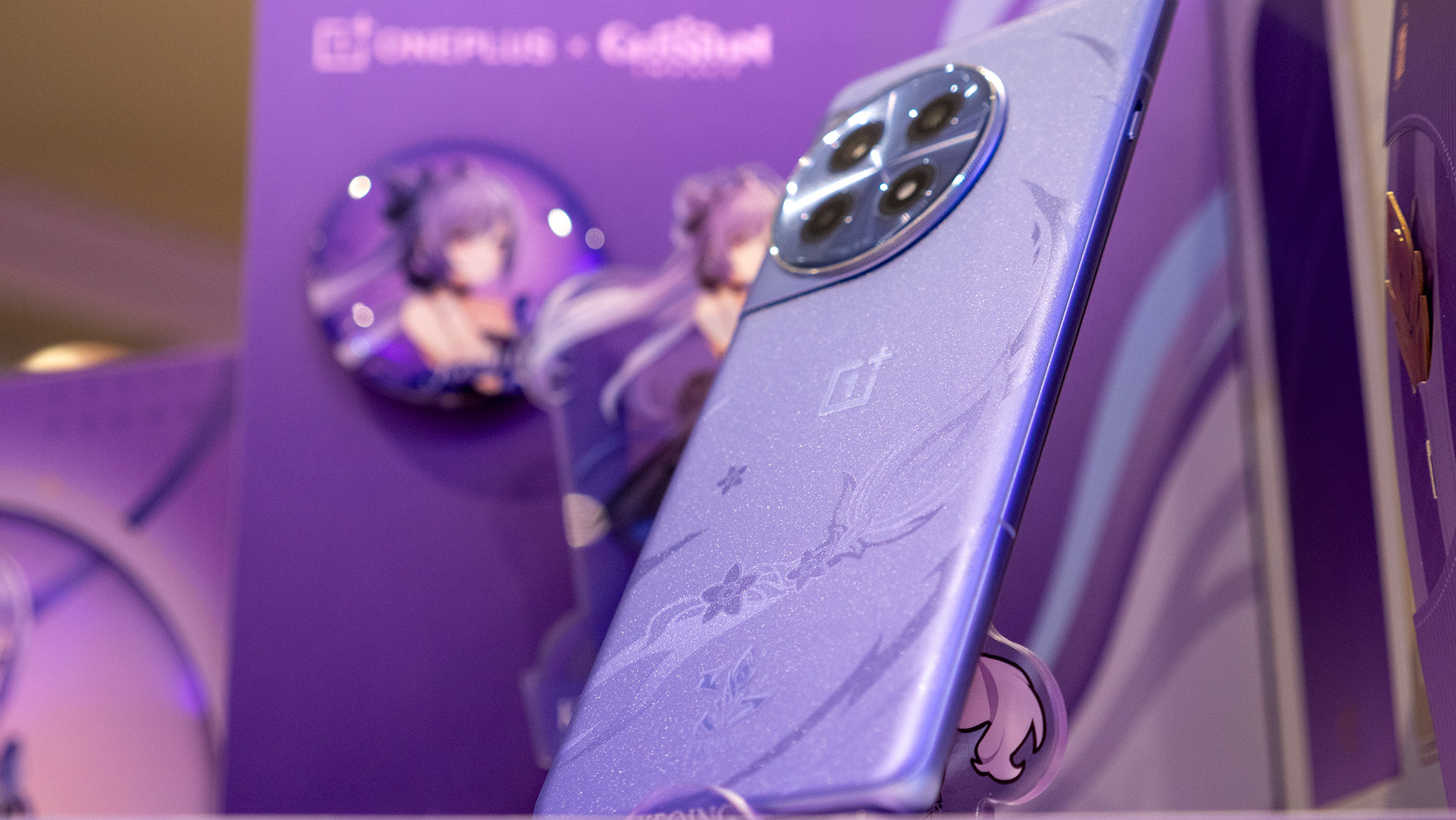
OnePlus is a major player in the Indian smartphone market, offering a wide range of devices, from flagships to midrange phones like the new Nord CE 4. However, the picture across North America looks quite different and, in its current state, a bit unclear. With a limited selection of phones available and the lack of major carrier support, it remains to be seen how the company will retain its identity in a smartphone market dominated by Samsung and even smaller players like Motorola.
OnePlus' journey in the U.S. has been a tale of unexpected events. The company recently launched the OnePlus 12R in North America, a higher-mid-range phone from the company's R-series, a line that previously wasn't sold in the U.S. That said, a certain strategic shift brought the phone to the table. Over time, the company’s strategy has continued to evolve based on its target audience, and its offerings have expanded with its first Wear OS smartwatch, a high-end foldable, and its first tablet.
OnePlus' flexible strategy
Ten years ago, the company marketed itself as a global brand instead of a China-based brand. It was known as a ‘Flagship killer,’ offering phones with high-end features at a lower price than established giants like Samsung and Apple. More recently, it pivoted to a 1+4=X strategy, focusing on a single flagship phone offering premium features in its design, display, camera, and battery while expanding into a variety of other products like wearables and smart TVs.
“OnePlus is a young and nimble player in the market and understands the need to remain flexible and address market needs,” said Maurice Klaehne, senior research analyst at Counterpoint Research.
As such, OnePlus has decided to rebrand itself as an “ecosystem builder,” offering a range of devices beyond phones, like the recent OnePlus Watch 2 and the OnePlus Tablet.
Anshel Sag, a senior analyst at Moor Insights & Strategy, says that OnePlus wants to offer a “halo” effect “with a healthy family of affordable devices like the 12R and Nord series. They are also building an ecosystem of products like the smartwatch and tablet around the phone leadership experience.”
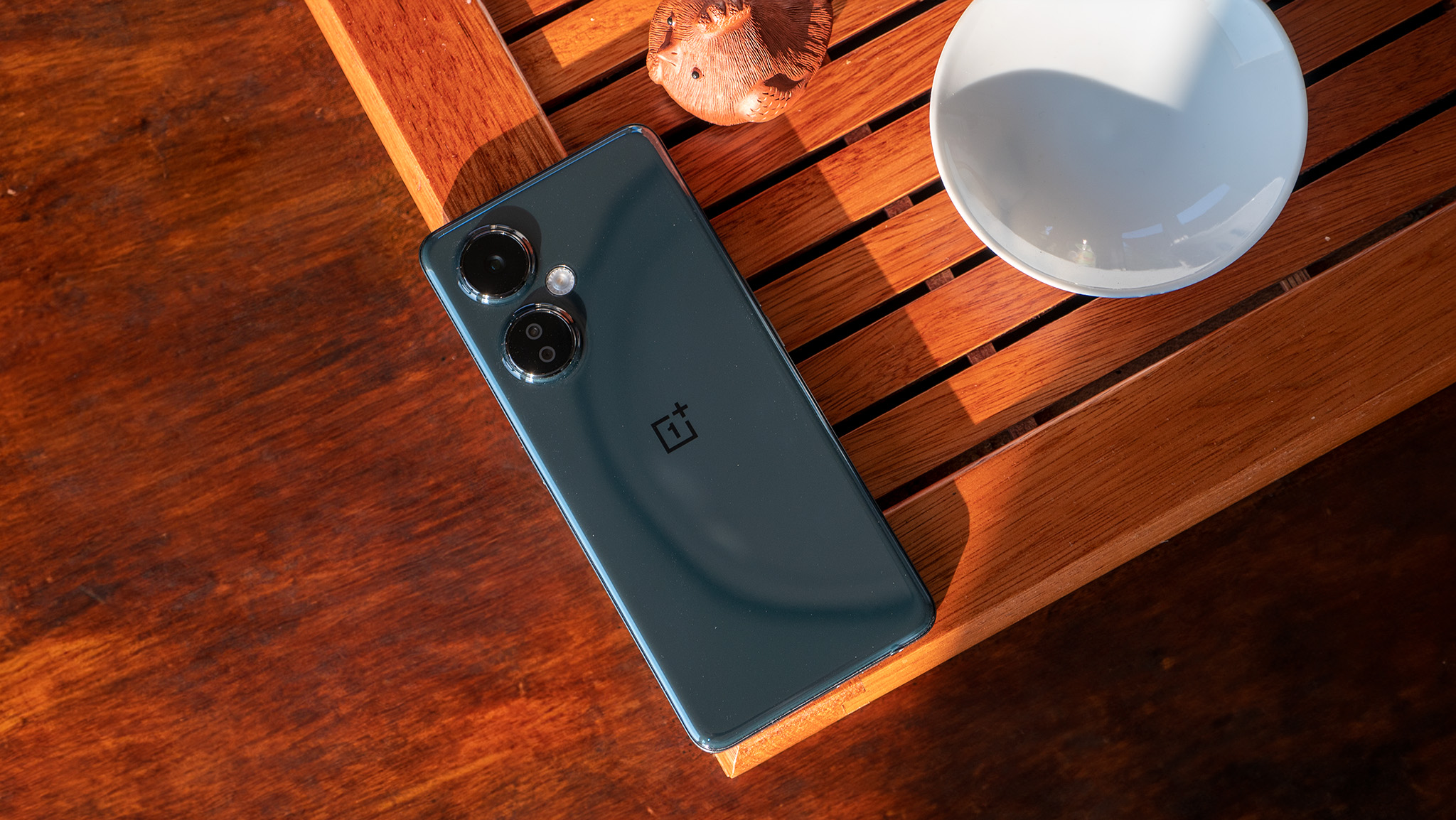
Unlike other Chinese phone brands that are often pitted against each other, OnePlus wanted to create a significant presence as a global phone manufacturer.
It succeeded in India, becoming the fastest-growing smartphone brand in 2023, with 68% YoY growth. Sag attributed OnePlus’s success in India to its strong community and brand recognition.
The U.S., however, was a tougher shell to crack “because it requires a lot more marketing dollars as well as carrier involvement, and just certifying on carriers isn’t enough, even though it is expensive,” Sag added. Cellular carriers rule the smartphone market in the U.S., and most people rely on these carriers to get new devices every year. Only in 2018 did OnePlus partner with T-Mobile to launch one of its best-selling devices, the OnePlus 6T.
Selling a phone in the United States requires a huge marketing push and deep carrier involvement, which can be expensive.
OnePlus kept up its partnership with T-Mobile for some time, with the OnePlus 7 Pro and other devices being exclusive to the carrier. However, the partnership hit a rocky patch when the OEM decided not to launch the OnePlus 11 on T-Mobile and instead sell the flagship phones unlocked via retailers like Best Buy and Amazon. It is speculated that there were disagreements surrounding device timelines and that T-Mobile wanted to keep phones on its shelves longer than OnePlus was willing to. It also had a brief gig with Verizon in 2020, but that also ended swiftly.
While its flagship phones didn’t seem to make much headway in the U.S. market, the company introduced its budget-focused Nord N series phones. OnePlus benefited from its carrier partnership with T-Mobile and the introduction of the Nord N10, N100, and N200 5G back in 2021, followed by newer devices like the Nord N300 5G in 2022. However, as of now, only the Nord N30 is offered through the carrier, meaning consumers will have to go elsewhere for other OnePlus models.
When we compare the Indian OnePlus website to that of the North American one, there’s an obvious difference. In India, the company offers a selection of five flagship phones and three Nord series phones. At the same time, the U.S. website sees slim picking with only a total of four phones: the OnePlus 12 and 12R, the OnePlus Open, and the Nord N30.
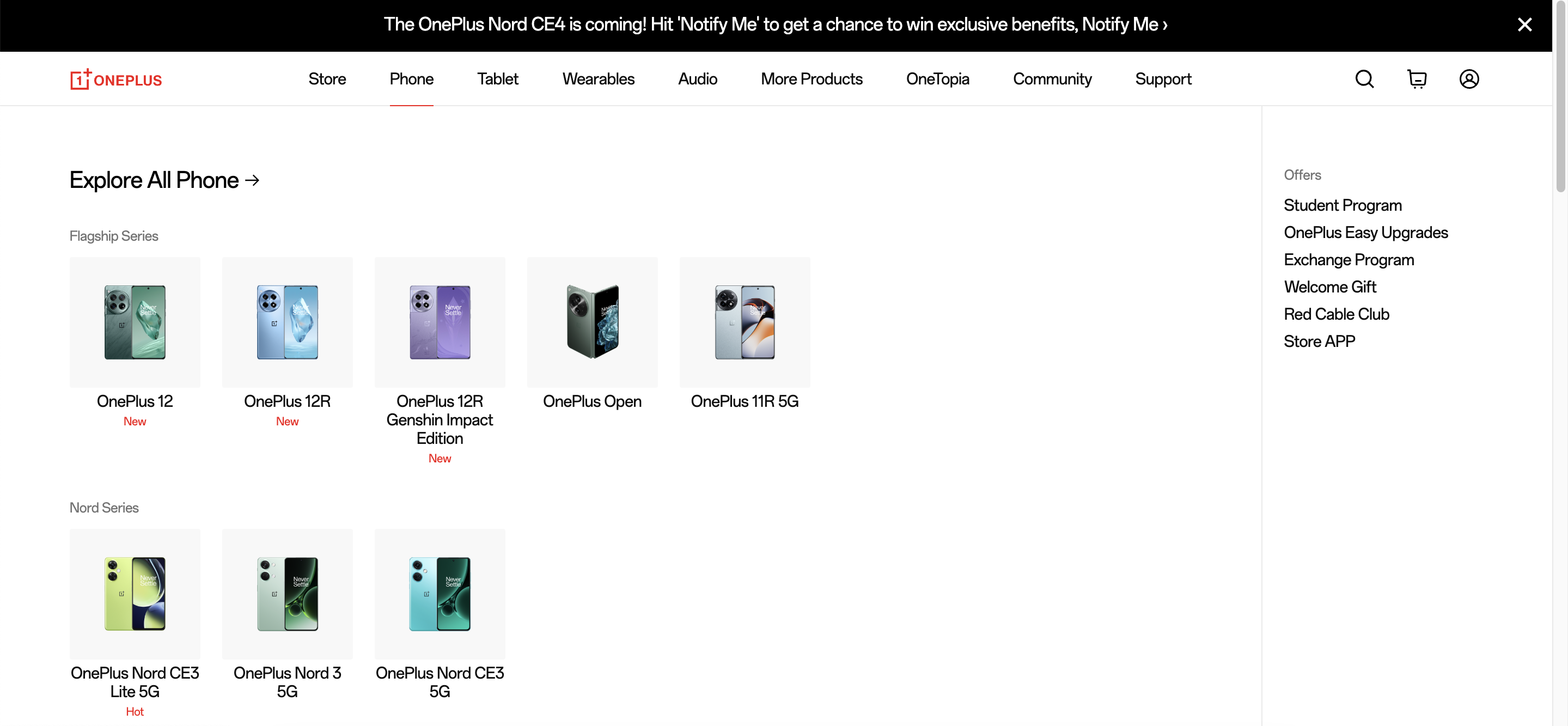
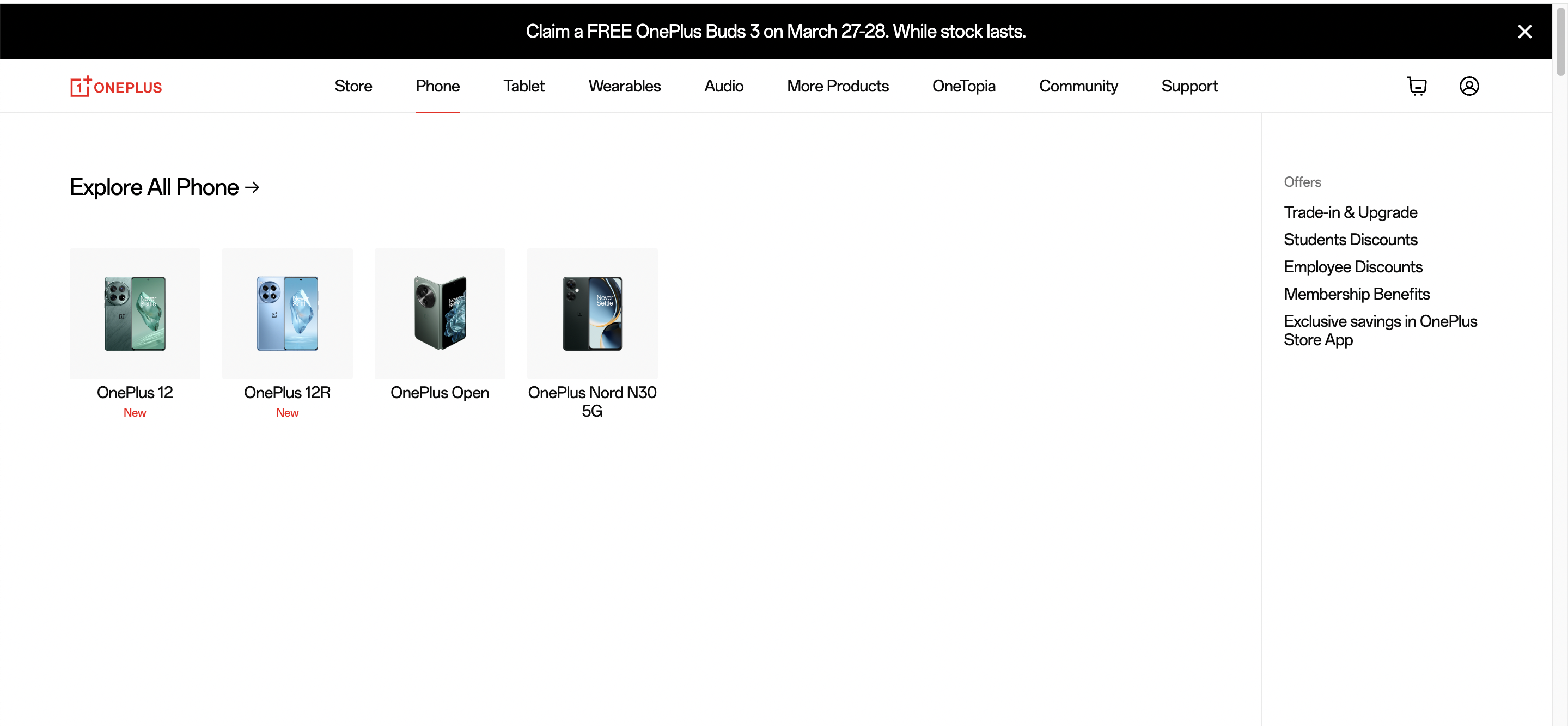
Despite the slim offerings, the company is working to make its phones more enticing against heavy hitters, notes Klaehne. “Nevertheless, the company is offering big discounts on its devices through the OnePlus store and other outlets through a trade-in program, which has been a great way to entice customers.”
A spokesperson from OnePlus told Android Central that the company “tailors its product portfolio based on different consumer demands in the various regions.” With the U.S. market dominated by premium players like Samsung and Apple, it’s clear OnePlus wants a piece of that pie. Meanwhile, OnePlus refused to comment on how the sub-flagship 12R was fairing in North America, although it’s still quite early.
Future of OnePlus in the US
In an interview with Forbes in 2023, OnePlus’s North American CEO, Robin Liu, said that the company’s mission is to focus on products that give customers the best experience. “We are also targeting a different audience—spreading our brand awareness to more users. It will take some time because it costs a lot (of money and effort). We’re also working together with our retail partners to expand our products to a larger audience.”
Whether or not OnePlus will succeed in making a dent in the North American market remains up in the air. Still, according to the company, it will continue to bring “high-end flagship smartphone devices to the North American market at an affordable and competitive price point.”
Sag reiterated that the Chinese OEMs have the hardest time getting into the market, which is the biggest challenge he sees for OnePlus. This perception may still affect OnePlus in the U.S. as tensions continue to affect relationships. “Huawei is the first and foremost. You don’t see a lot of TCL or ZTE anymore, and it’s the same with Oneplus.”
Klaehne points out that if OnePlus can also enter other markets, OPPO will have a harder time entering.
Data from Q4 2023 shows that while Samsung and Motorola held 18% and 8% of the U.S. market, respectively, OnePlus remained relegated to the ‘other’ category of phones, which contributes to 8% of overall sales. For context, TCL and Google managed to squeeze 1% and 2% of the market, respectively.
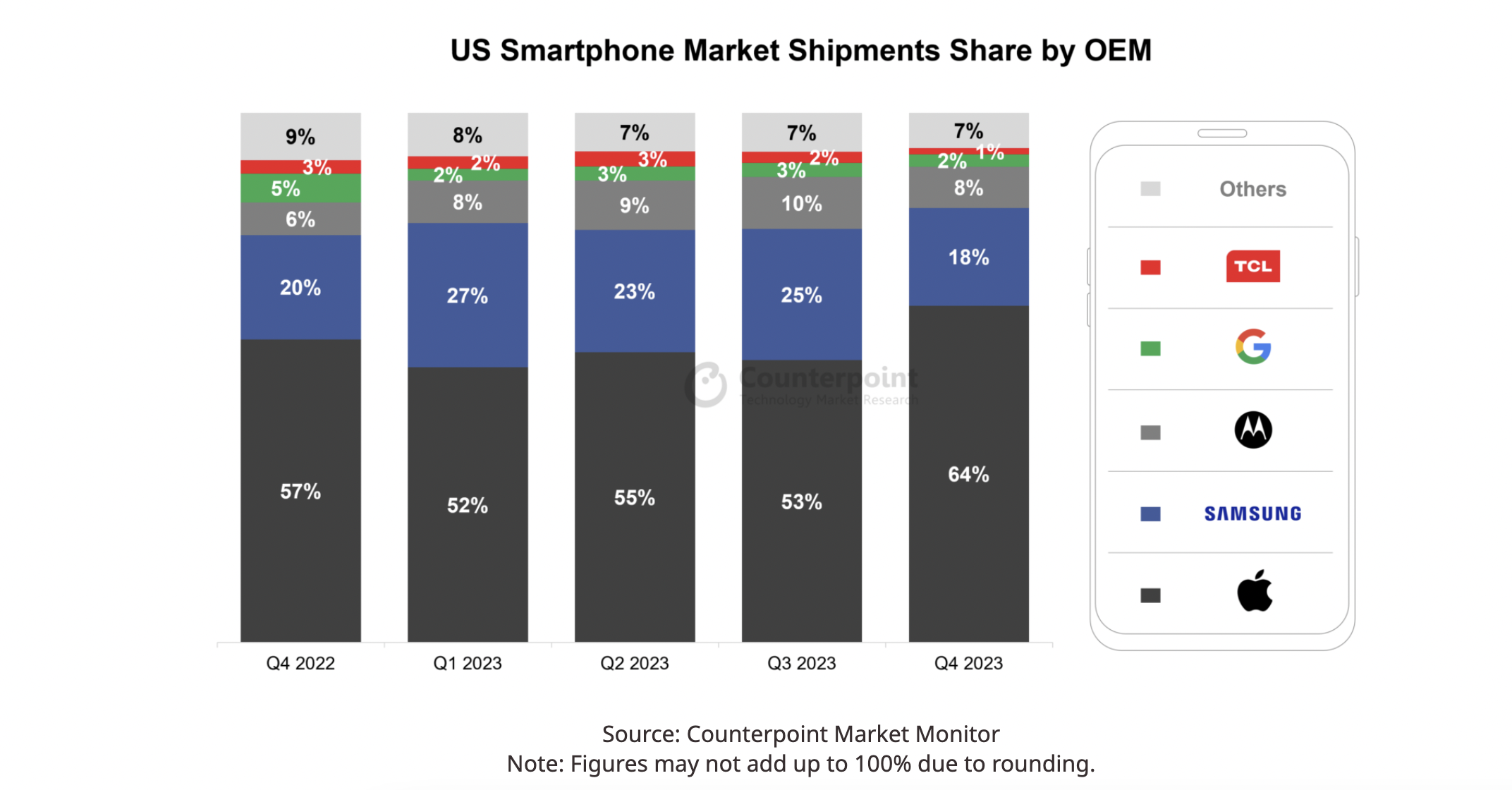
The dominance of Apple, Samsung, and, to an extent, Motorola/Google in the U.S. market has been challenging for OnePlus in the carrier market, especially with limited mindshare here compared to other regions. The U.S. market is hard to penetrate as it’s so carrier-dominated, margins are low, and carriers often have specific requirements for SKUs and specs. However, Klaehne suggests that OnePlus still has what it takes to be successful in North America, provided it sticks to what it does best.
“For continued success, OnePlus should focus on its ecosystem approach and provide consumers with a strong value proposition combined with clear messaging and cohesive product line.”







